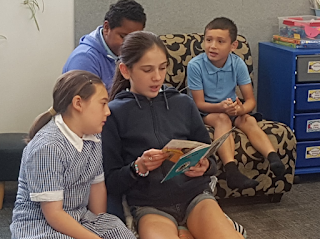Number Knowledge
• Communicate clear and accurate assessment for learning and achievement information.
I always find the middle of the year and end of term two and exciting one as far as student progress and next steps go. Students will have had half a year to get settled and into the swing of things in different areas of learning.
Often I wonder as we are going along about how much they have actually achieved and how they are doing in their learning. With Covid-19 having a part to play in the disruption of our first half of the year, I was worried about what had been maintained and if students had lost or forgotten some of what we had started.
Combined Basic Facts Assessment
One area of concern was Numeracy. My Numeracy group had just started and I saw significant gaps in number knowledge that I felt needed to be tackled.
In term one, we did a combined basic facts assessment. I shared the specific areas that students needed to work on and in class as well as using this as a sample for sharing to whānau through Hero.
I provided learning opportunities for students to work on then in term two, we completed the assessment again. Upon marking these, students were keen to see their scores and to see which areas they had improved on and still need to focus on.
This provided students with clear and specific skills that they could work on and monitor progress.
iKan Number Knowledge Assessment
Another form of assessment we use is iKan to determine number knowledge learning. In the senior school, we do this each term. Often, this is not a well-favoured assessment as many children struggle with the speed and the level of difficulty once the assessment reaches Stage 6.
In term one, my Numeracy group assessment showed significant areas of need. Once these were marked, I shared the scores with students by giving them their tests back. We then spent some time looking at the questions they got wrong so they could determine where they went wrong.
Fractions was an obvious area of weakness so we worked on this in the first half of the year and had a focus on basic facts and times tables.
In term two when we returned after the lockdown, we completed the iKan assessment again, marked it and students compared their tests to term one. It was great to see that students were looking closely at their results and comparing to term one.
Our next step is to continue to develop specific knowledge areas and complete the iKan assessment each term. I aim to have a clear picture for parents that students can share and hope to engage more learning from home.







































